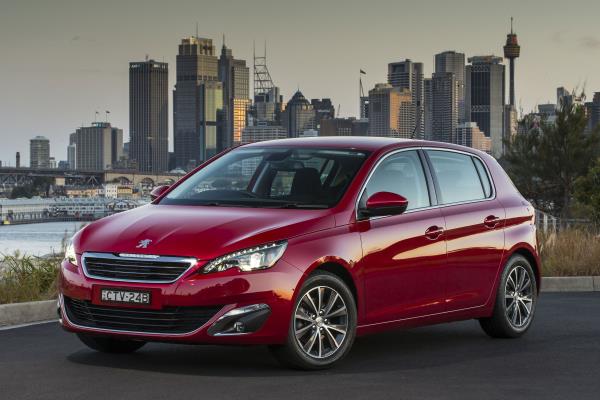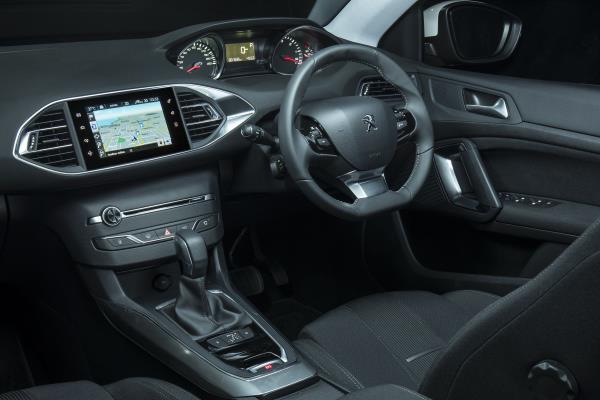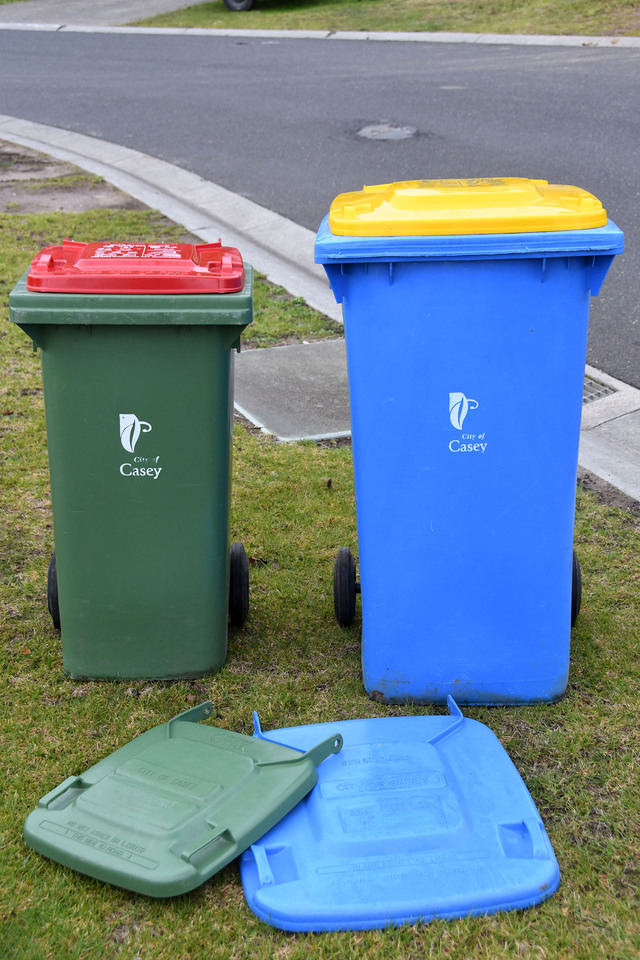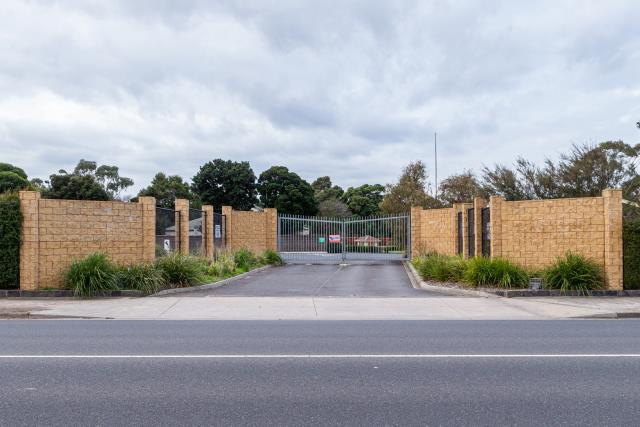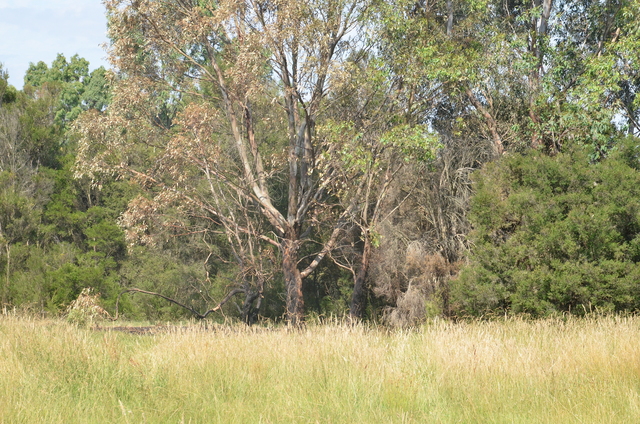CAPTION: Peugeot 308 has the sort of French flair that’s likely to prove timeless.
By EWAN KENNEDY
Exhaustive design work means the all-new Peugeot 308 is lighter than the outgoing model by as much as 140 kilograms.
This not only makes the latest 308 more dynamic on the road, but also means it uses less fuel and minimises air pollution.
New Peugeot 308’s profile is lower than that of the outgoing model.
The previous one used a relatively tall design to maximise interior room.
While the new 308 is lower and sleeker, clever design means it has retained the same cabin space.
Although the Peugeot 308 has plenty of French flair it doesn’t take as radical a route as do Renault or Citroen.
This makes sense as Peugeots are aimed at relatively conservative buyers.
The 308s upper grille has neat lines in the new Peugeot theme.
It flows out to the headlights and back to the sculpted bonnet.
The large lower grille ties into foglights that are framed by the daytime running lights.
Prominent swage lines flow from just being the front wheels to the taillights.
These lights flow forward at their upper and lower edges. The rear is particularly neat and definitely benefits from the lower roofline.
New Peugeot 308 is offered as a five-door hatch and five-door Touring wagon.
The wagon’s rear follows a similar shape to that of the hatches, indeed it could be mistaken for an extended hatch, not a wagon.
Obviously, the station wagon has more luggage space and we can see it being a big seller.
The main instrument housing and the centre stack follow the same semi-oval appearance and are neatly framed with a metallic-look material.
New engines have been developed for the 308, emission reduction and fuel economy were major factors in the design process.
The most interesting is a 1.2-litre, three-cylinder, turbo-petrol unit producing 96 kW of power and an impressive 230 Nm of torque.
A turbo-diesel of 2.0-litre capacity is a four-cylinder unit that puts out 110 kW and 370 Nm. We were able to test both powerplants over a two-week period and find it hard to choose between them.
Six-speed manual or automatic transmissions sit beside each of the engines.
Additional engines, and variants of the units described above, will be added to the range in March 2015. We will report on them when they reach us.
The all-new body and a plethora of inbuilt safety features means the new Peugeot 308 had no trouble in getting a five-star safety rating.
However we feel that driver inattention may be created by the absence of many buttons on the dashboard.
Unless you want to turn windscreen demisters on or off, or get recalculated air inside the cabin, you need to use the central touchscreen.
The menus and sub-menus are easy to use, but there’s plenty of empty space on the upper areas of the console for the fitment of buttons.
Buttons that let us change radio stations, alter the fan and temperature settlings, and so on, without us having to take our eyes off the road.
Ride comfort is very Peugeot, very French, in being soft and easy. Yet there’s no compromise in the 308’s handling characteristics.
The all-new platform gives the body impressive rigidity and you get the feeling you’re travelling in a car a full size up in sophistication.
Steering is nicely weighted and we really like the tiny steering wheel.
Personally I find the wheel / instrument view is just right. Some may find the wheel interferes with the view of the instruments, so try for yourself during your private test drive.
We loved the little three-cylinder turbo-petrol engine for its eager characteristics, it has minimal turbo lag and once it’s up it provides virtually instantaneous acceleration.
Torque is already at its maximum at 1750 revs and the 1.2 is more than happy to go all the way to the redline.
Though it must be admitted that the redline is there to please the keen driver – the torque of this powerplant means you don’t need to run it way up to the big numbers.
The diesel starts almost instantly and feels and sounds more petrol than diesel.
It makes light work of hills and lopes along easily at 130 km/h for hours on end.
Peugeot hasn’t done as well as it should in Australia in recent years, but the all-new 308 is an excellent example of modern automotive engineering and should get sales up and running again.
Model range
308 Access 1.2-litre turbo-petrol five-door hatch: $21,990 (manual), $23,990 (automatic); 308 Active 1.2-litre turbo-petrol five-door hatch: $27,340 (automatic); 308 Allure 1.2-litre turbo-petrol five-door hatch: $30,490 (automatic); 308 Allure Blue HDi 2.0-litre turbo-diesel five-door hatch: $34,790 (automatic); 308 Allure Blue HDi Touring 2.0-litre turbo-diesel five-door wagon: $37,490 (automatic).

